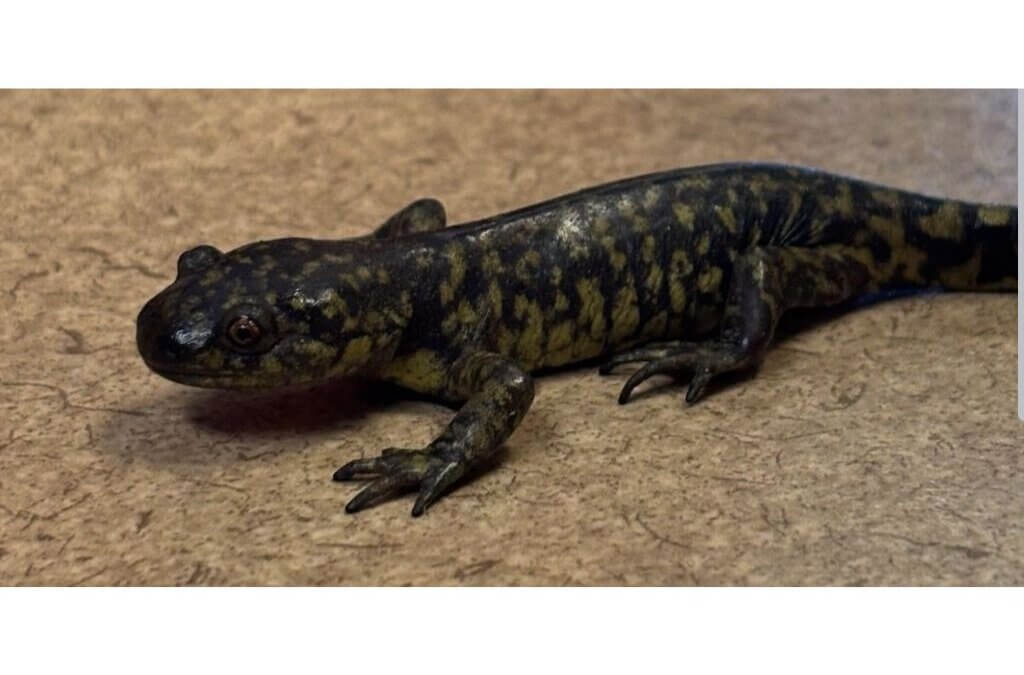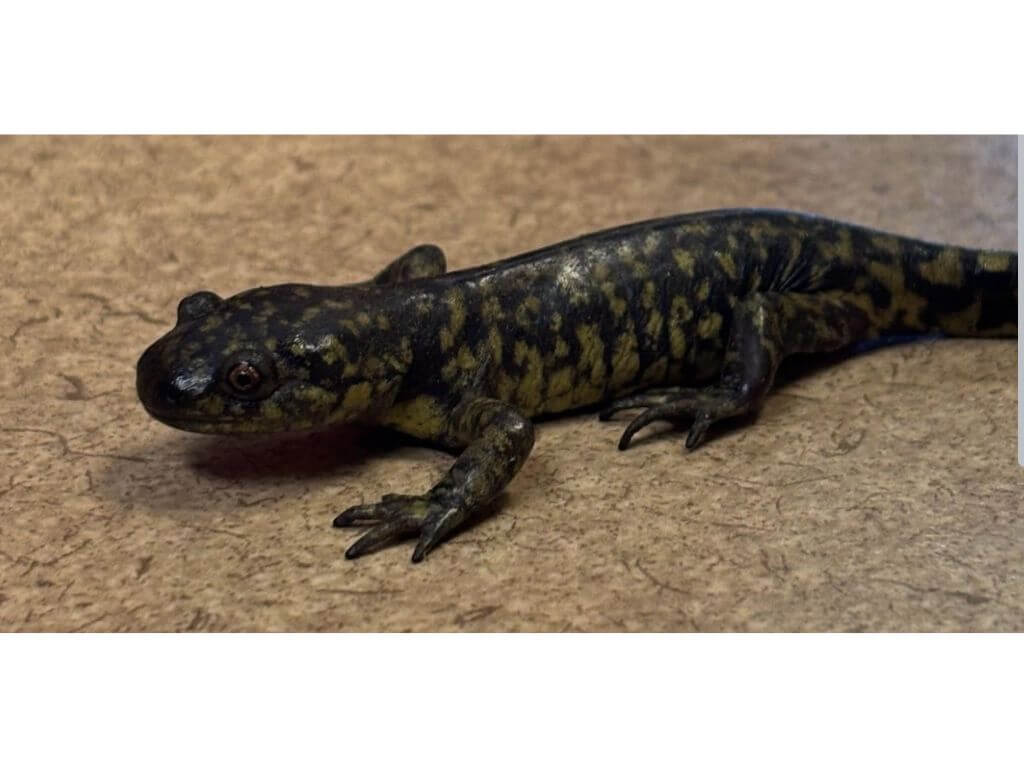
A tiger salamander, Utah’s only native salamander, displays its namesake pattern of dark stripes and spots. Often found near ponds and wetlands in the Wasatch region, these secretive amphibians spend much of their lives underground, emerging on damp nights or during spring rains. Photo: Jordanelle State Park
PARK CITY, UT — In Utah’s wetlands and high mountain ponds, a quiet resident lives mostly out of sight: the tiger salamander (Ambystoma tigrinum), the only salamander found in Utah. This creature thrives in damp earth, cold springs, and underground stillness, spending the majority of its life beneath the surface, waiting for rain and snowmelt to bring it back to light.
According to the National Park Service (NPS), tiger salamanders are the largest terrestrial amphibians in North America. They can be found in a surprising variety of habitats, from lowland meadows to high-elevation lakes, as long as there is standing water available for breeding.
Similar Reads On TownLift
The NPS notes that in the spring, when melting snow fills ponds and temporary pools, adult salamanders emerge from their burrows to breed. Females lay clusters of jelly-like eggs in calm, fishless waters. Within weeks, gilled larvae hatch and begin their aquatic lives, feeding and growing until they undergo metamorphosis into adults—losing their gills, developing lungs, and moving onto land. However, some individuals do not undergo this transformation and instead remain aquatic throughout their lives, a phenomenon known as neoteny, where they retain their gills and reach maturity in their larval form.
The NPS also notes that tiger salamanders play a vital role in their ecosystems, functioning as both predator and prey. They feed on insects, small invertebrates, and even other amphibians, helping to maintain a balance in aquatic food webs. In turn, they serve as a food source for birds, snakes, and mammals. Because their skin easily absorbs chemicals and moisture, the presence—or absence—of tiger salamanders can indicate the health of their environment.
Tiger salamanders are rarely seen. They are primarily nocturnal, especially after rainfall, and spend dry months underground. However, if you are hiking through the Wasatch after a storm and notice a shadow moving beneath the wet grass, take a moment to investigate. You might catch a glimpse of Utah’s only salamander—striped, secretive, and an integral part of the landscape that relies on water for its survival.
Similar Reads On TownLift
![]() By: Rebecca Brenner
By: Rebecca Brenner







